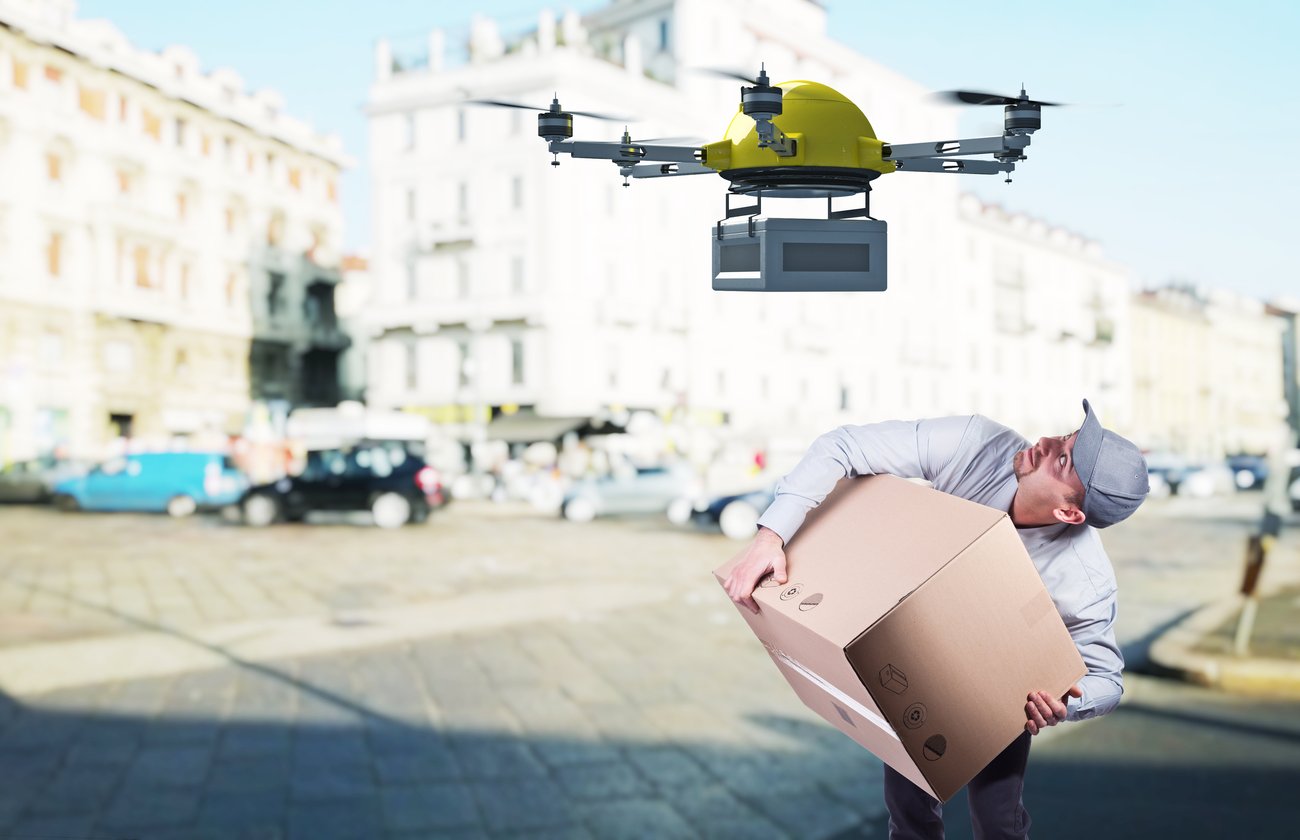Alien encounters: Drones and commercial aircrafts and the need for a very healthy distance

Worried about birds flying into an aeroplane’s engine? What happens if an unruly drone flies into a larger commercial aircraft? There is some urgency to bring about tighter legislations governing the sharing of airspace between commercial airliners and hobbyists flying drones for fun and commercial drone operators.
The US authorities have reported at least 25 near-misses, where drones flew just a tad too close to commercial aircrafts. In one case, reported by the Wall Street Journal, a commercial jetliner flown by American Airlines Group nearly collided with a drone over Florida early 2014. The UAV was flying about 2,300 feet above the ground near Tallahassee Regional Airport in Florida.
In the UK, an Airbus 320 airliner was in London’s Heathrow airport when the pilot spotted a drone nearby, 700 feet off the ground, according to a website for popular science, the UK authorities labelled the incident as a serious risk.
This is why a Hamilton-based aviation school’s official is urging for more governance in the New Zealand environment for drone users. CTC Aviation Chief Operating Officer – Ab initio Training (NZ), Peter Stockwell, says aircraft operators like CTC Aviation who are sharing airspace with drone operators are exposed to risks as a result of a rise in the number of unmanned aerial vehicles (UAVs) or remotely piloted aircraft systems (RPAS) (drones) sharing the same airspace as manned commercial aircrafts.
Urgent need for industry discussion
He adds that wider industry discussion has become more urgent as there is a sense that it won’t be too long before there is an accident between a RPAS and a manned aircraft.
While the safety debate is not new, NZ needs to have a needs a regulatory and licensing system in place to ensure drone users operate their devices safely and in accordance with accepted aviation rules and procedures.
Readily available online or ‘over-the-counter’, RPAS can currently be purchased and operated without a licence or knowledge of the Civil Aviation Authority regulations, he says.
Many RPAS operators have no aviation background and are not aware that compliance rules exist for the safety of those in the sky or on the ground.
The issue also drove closer to home when CTC Aviation learned that a local manufacturer of RPAS was operating on its doorstep. Stockwell says they are working together to put safety measures in place for the two.
How flying drones are regulated
In New Zealand, an RPAS can be operated without air traffic control approval if it flies under 400ft, in daylight, within visual line of sight, and outside 4km of an airfield. Check out the rules here. This is quite similar to the UK where drones under 44 pounds (19.95 kg) can only fly below 400ft, and cannot fly near airports and in commercial airspace.
The US in February 2015 released its rules governing the use of drones. The Federal Aviation Administration’s rules state, among others, that a drone operator must be at least 17 years old, pass an operator’s certification, and be within a distance where he can see the drone. A drone operator in the US also cannot fly the vehicle over people. The drone cannot weight more than 25kg, can only fly up to 500ft high, and no faster than 100mph, and must be out of airport flight paths.
This line-of-sight rule has put the spanner in the works for commercial drone operators such as Amazon, hoping to use the machines to deliver parcels. China drone operators are already using them to deliver tea and cakes to shoppers.
In China, drone operators flying a vehicle over 7kg must get approval from the Civil Aviation Administration. (Source) If a flying vehicle is over 116kg, operating in a space where manned aircraft flies, the operator needs a pilot’s licence. Alibaba, China’s largest online marketplace, is trialing drones to deliver small parcels in China.
?In India, a pizza company is using drones for delivery.
In New Zealand, a local drone Aeronavics makes drones that are used for aerial photography, as well as for hobbyists while Martin Aircraft builds commercial drones aimed for search and rescue and other uses.
National discussions
Stockwell says CTC Aviation aims to take part in the national discussion where it can around the rules for safely operating RPAS in New Zealand.
The New Zealand CAA currently has a project underway to review the current regulations and ‘Rule 101’, which will include some minor changes to accommodate the different types and uses of RPAS.
New Zealand CAA General Manager of General Aviation, Steve Moore, says that a certification rule would be introduced which means if an RPAS user wants to operate their device outside Rule 101, they can obtain approval to do so through certification.
“This will not give them unrestricted approval to fly beyond the Part 101 rules, but only where it is necessary for their operation and only after they have satisfied the New Zealand CAA through their exposition, or operations manual, that they have identified the hazards and taken appropriate risk mitigation to ensure the safety of the public and other airspace users,” Moore says.
In the future, the project will also look at integrating RPAS with other airspace users once new RPAS technology and international standards are better established, he adds.
The New Zealand CAA and Airways Corporation have also been running a programme to educate RPAS users.
An online resource can be found at www.airshare.co.nz and the New Zealand CAA has also produced a flyer that has been sent to manufacturers and distributers in New Zealand and overseas to include with each aircraft they import to New Zealand or sell.




